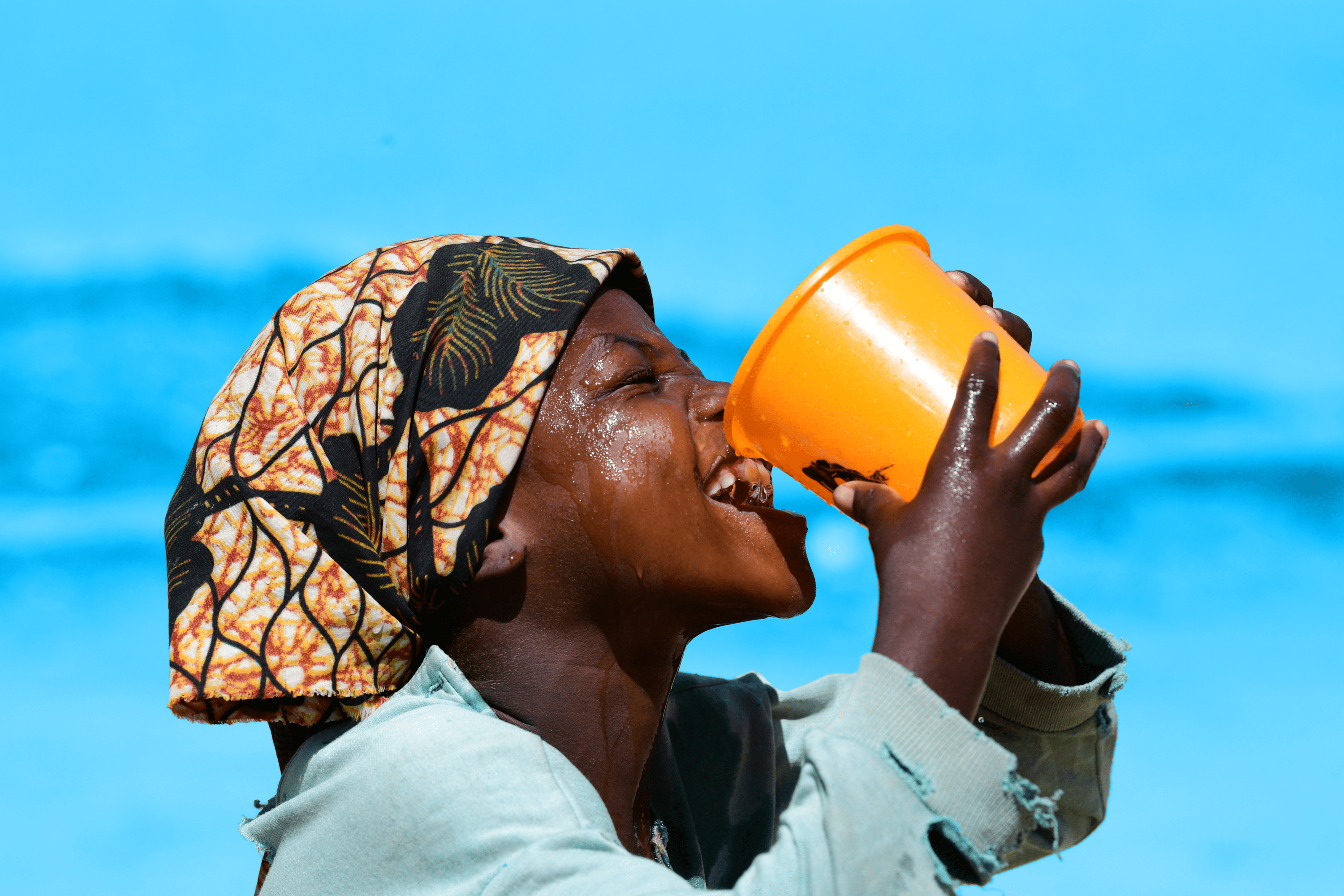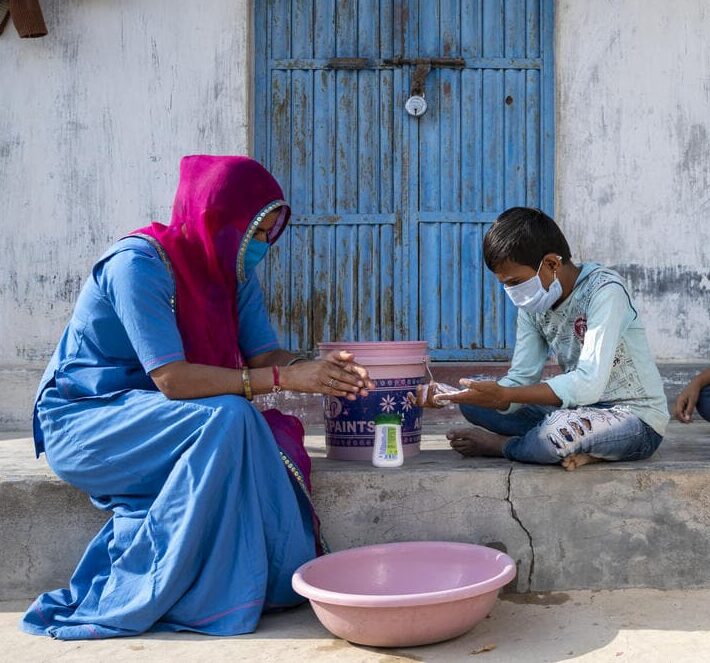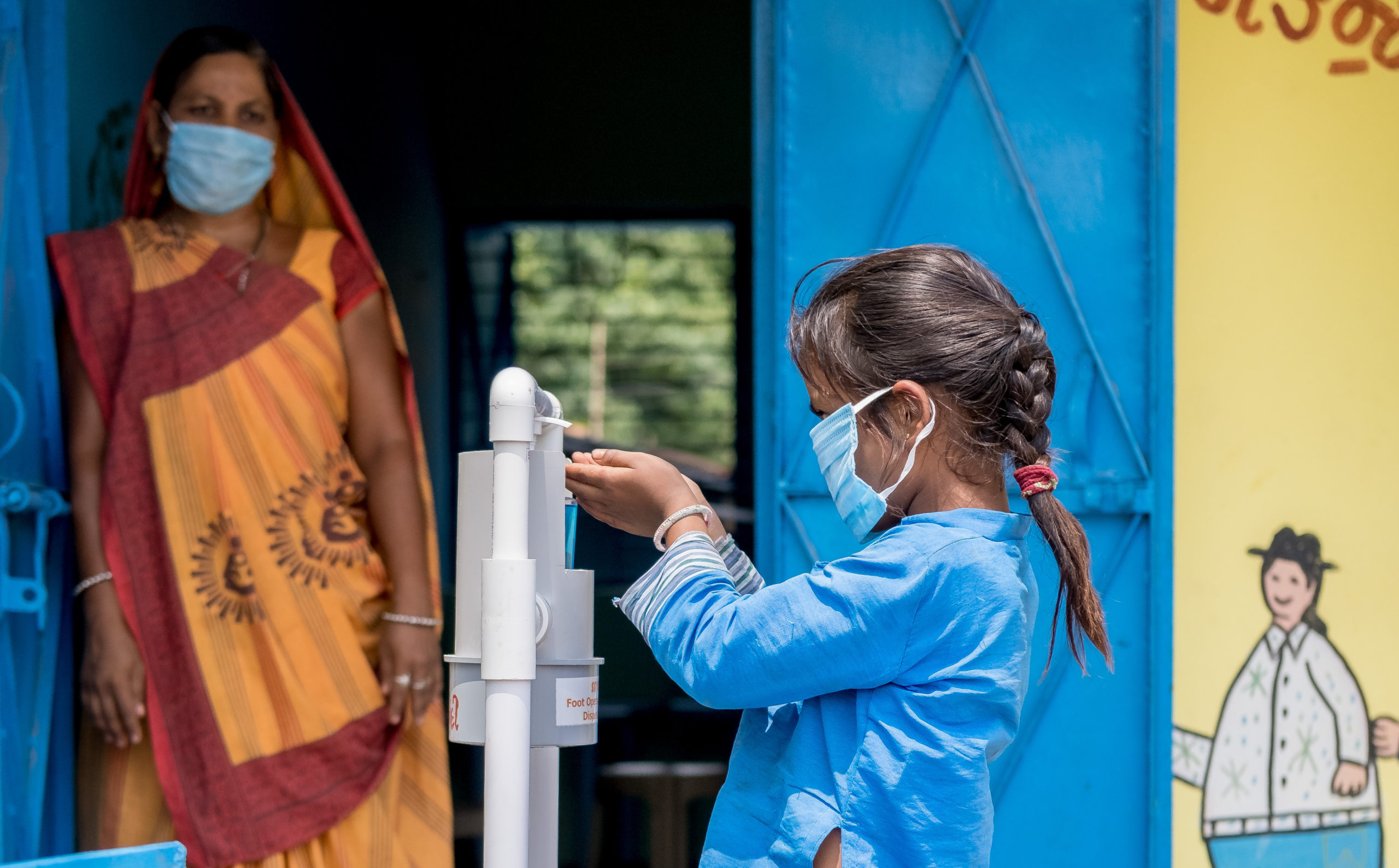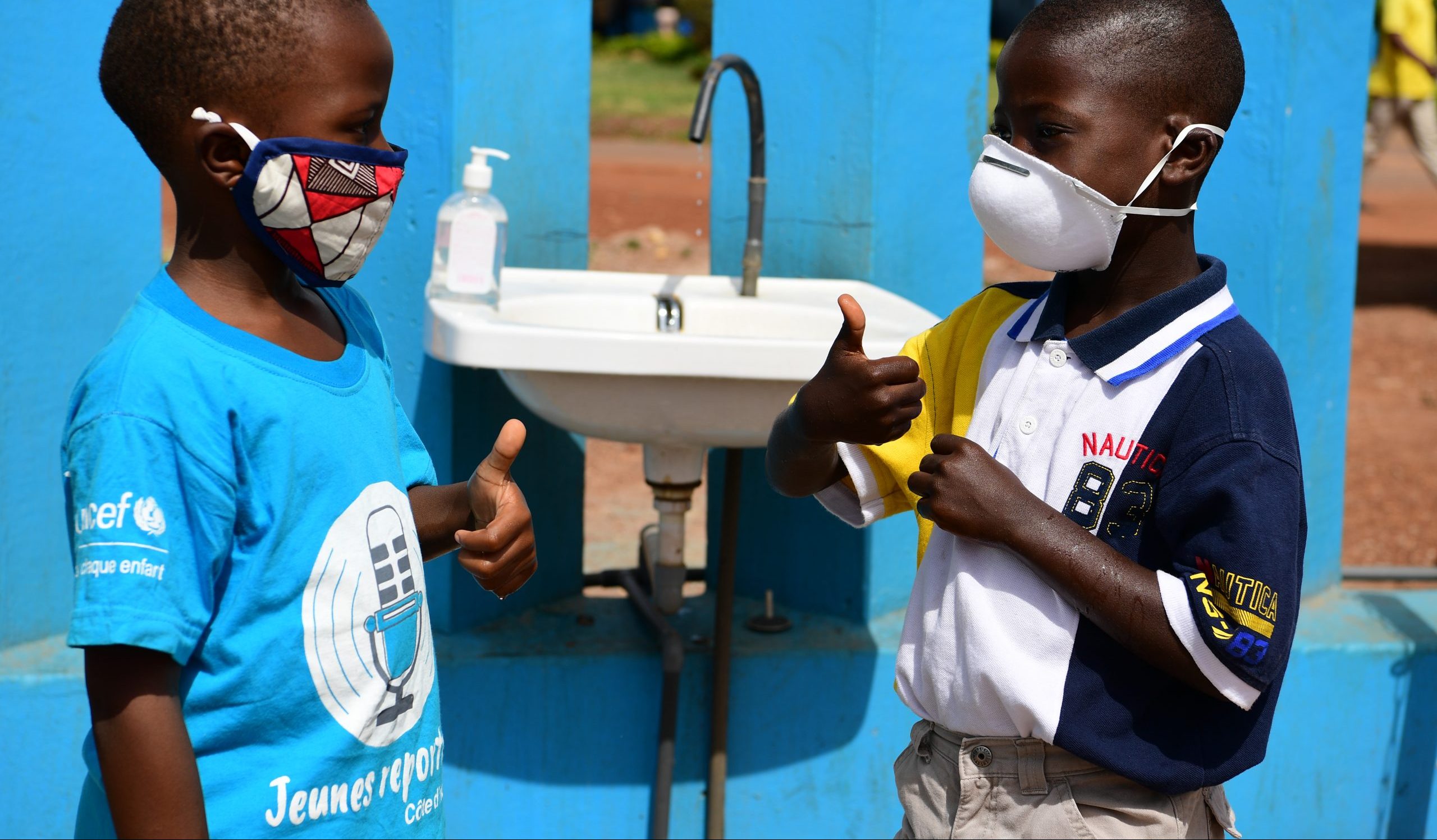WHO/UNICEF JMP snapshot of progress on drinking water, sanitation and hygiene in Africa 2015-2020: Five years into the SDGs

The WHO/UNICEF Joint Monitoring Programme for Water Supply, Sanitation and Hygiene (JMP) produces internationally comparable estimates of progress on drinking water, sanitation and hygiene (WASH) and is responsible for global monitoring of the Sustainable Development Goal (SDG) targets related to WASH. This snapshot presents regional estimates for WASH in households, schools and health care facilities in the African Union and assesses progress five years into the SDG period (2015-2020).
Key Findings
Achieving the 2030 SDG targets in Africa will require
- 12x increase in current rate of progress on safely managed drinking water
- 20x increase in current rate of progress on safely managed sanitation
- 42x increase in current rate of progress on basic hygiene services
Between 2000 and 2020
- Africa’s population increased from 800 million to 1.3 billion
- 500 million people gained access to at least basic water services
- 290 million people gained access to at least basic sanitation services
But in 2020
- 411 million lacked basic water services
- 779 million lacked basic sanitation services (incl. 208 million open defecators)
- 839 million still lacked basic hygiene services
- Only 7 out of 42 countries on track to eliminate open defecation by 2030
Significant inequalities between and within countries
- 3 out of 4 in rural areas lack safely managed water and sanitation
- Large gaps between richest and poorest and sub-national regions
Data availability is improving but large gaps remain
- 21 African countries with estimates for safely managed drinking water, 26 for safely managed sanitation and 37 for basic hygiene in 2020
Less than half of schools and health care facilities in Africa have basic WASH services
- 47% of schools had basic drinking water, 54% had basic sanitation and 38% had basic hygiene services in 2019
- 46% of health facilities had basic water services, 29% had basic sanitation services and 40% had basic health care waste management services in 2019


